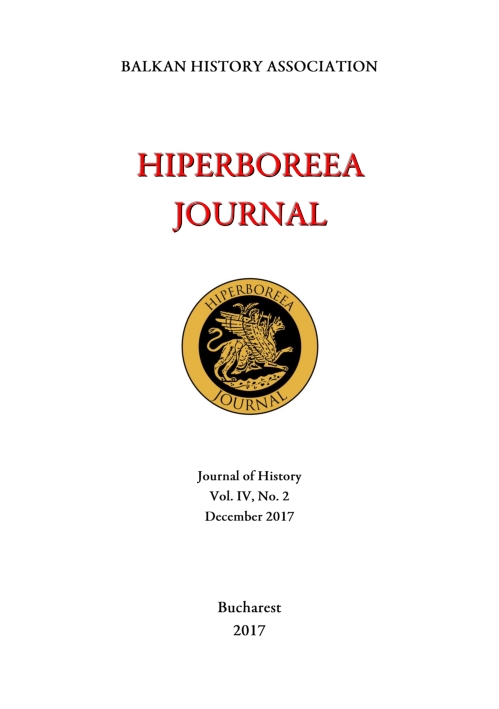Short Story of Kiseleff Garden
Short Story of Kiseleff Garden
Author(s): Ana-Maria LepărSubject(s): History
Published by: Asociația de Istorie Balcanică
Keywords: Pavel Kiseleff; Bucharest; Mogoșoaia Bridge; “The Road” (“La șosea”); Kiseleff Garden
Summary/Abstract: The territorial expansion of Bucharest and the increasing number of inhabitants were determined by the economic activities and by the definitive establishment of the capital of Wallachia here, in 1659. Moving the capital from Târgoviște to Bucharest made the city “the biggest one in Europe under the Ottoman Empire”. The 1830s were marked by the Russian protectorate, which played, among others, a major role in the reorganization of the administrative, political and legal life of the Principalities. The Organic Regulations were adopted in 1831 in Wallachia and one year later in Moldavia. They brought the Principalities into a common governing model, for the first time in their history. The key figure behind these regulations was the Russian general Pavel Kiseleff, in honour of whom, the garden in Northern Bucharest bears his name. The most important street in Bucharest was “Mogoșoaia Bridge”, which linked the two royal residences – “Mogoșoaia Palace” (located outside the city) and “Curtea Veche” (“Old Princely Court”), located in downtown, in the current “Old Center”. This was the best street in the town, being covered with trunks of wood, to avoid the mud. Today, Kiseleff is one of the most crowded roads in Bucharest: a large number of cars go here daily. It is open without any time restrictions, to any visitor. The noise of the cars and the smog did not affect so much the beauty of the Park, which has the same name with the Road. It reminds us of the 19th century garden.
Journal: Hiperboreea
- Issue Year: 5/2018
- Issue No: 1
- Page Range: 33-56
- Page Count: 24
- Language: English
- Content File-PDF

